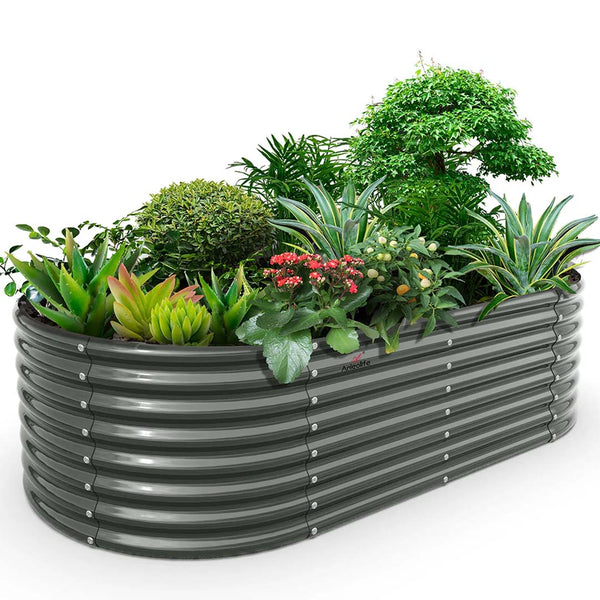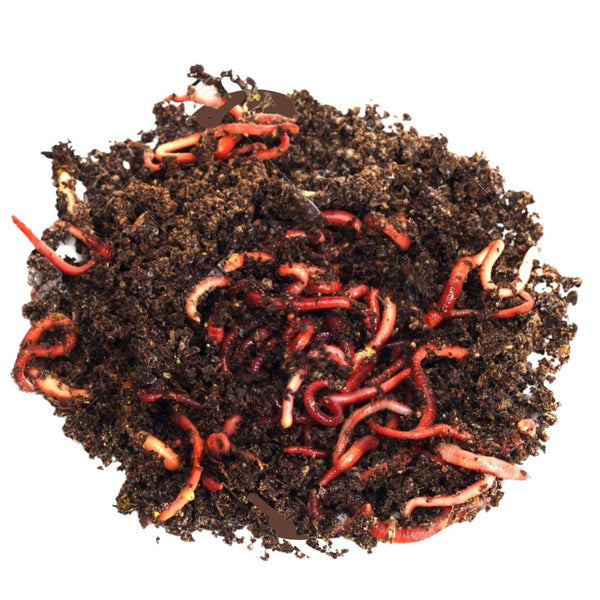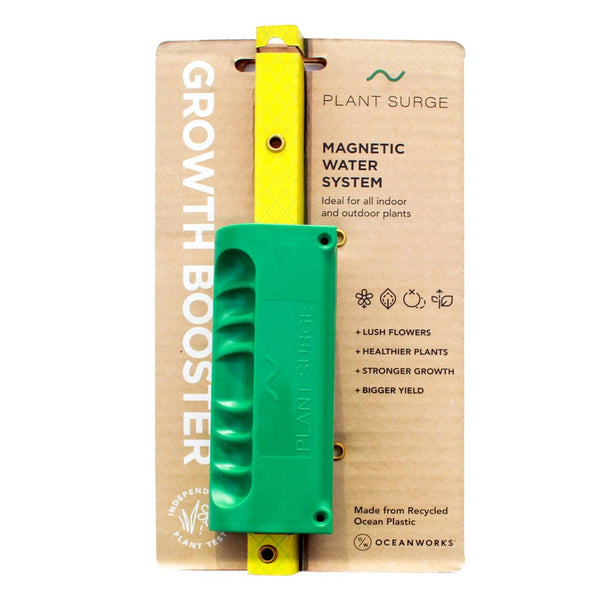The Hidden Benefits Of Electroculture That Commercial Growers Don't Want You To Discover

Understanding Electroculture Gardening
Electroculture gardening is a nifty way to supercharge your plants using electricity. Once you get the hang of its history and principles, you'll see how it can shake up your gardening game.
History and Origins
Electroculture isn't just a newfangled idea; it goes way back to the 19th century. In 1868, a Finnish geophysicist named Karl Lemström noticed plants growing like crazy near the aurora borealis. This got folks curious about how electricity might jazz up plant growth. Fast forward to Germany, where experiments showed electrified crops like strawberries and beans growing bigger and ripening faster. Talk about a shocker! (The Spruce)
Jump to the 1920s, and French agricultural engineer Georges Lakhovsky took the baton. He figured plants could soak up energy from their surroundings, including electromagnetic fields. By running electrical currents through copper wire, he aimed to boost this natural process, giving plants a growth spurt and a health kick.
More recently, Dr. Andrew Goldsworthy from Imperial College London backed up Lakhovsky's ideas. His research showed plants have evolved to respond to natural electrical phenomena, like thunderstorms, making them more open to electricity. This means mimicking these natural processes with electroculture could lead to better growth and more nutrients.
Principles of Electroculture
The idea behind electroculture is that electric currents, whether from nature or a plug, can give plants a serious boost. Fans of this method say plants have grown up alongside Earth's electromagnetic field, and tweaking electrical conditions can affect things like ion exchange, nutrient transport, enzyme activity, and soil microbiology. All these factors help plants grow stronger and healthier (Tn Nursery).
Research has shown that electricity can seriously up your crop game. For example, oats and barley yields can jump by 22% when zapped with electric currents. Plus, giving seeds a little shock can speed up germination, with cabbage yields shooting up by 75% in tests.
By diving into the history and principles of electroculture, we can see how this method offers a promising way to boost our gardening efforts. Whether we're health-conscious homesteaders or eco-friendly city gardeners, electroculture can help us grow tough, nutrient-packed plants without the need for synthetic fertilizers.
Benefits of Electroculture Gardening
Electroculture gardening is like giving your plants a little extra pep in their step. By tapping into the energy floating around us, we can boost our garden's productivity and make our plants tougher and healthier.
Increased Crop Yields
One of the coolest perks of electroculture is the potential for bigger harvests. Studies show that zapping crops with electricity can seriously up their game. For example, oats and barley can see their yields jump by 22% when given a jolt. And if you thought cabbage was just a boring veggie, think again—its yield can skyrocket by 75% with a little electric love.
| Crop Type | Yield Increase (%) |
|---|---|
| Oats | 22 |
| Barley | 22 |
| Cabbage | 75 |
| Peas (growth) | 18 |
Even peas get in on the action, with wind and rain-generated electricity speeding up their germination by over 25%. So, not only do we get more veggies, but they grow faster too—meaning we can chow down on our homegrown goodies sooner.
Enhanced Plant Health
Electroculture doesn't just make plants grow bigger; it makes them healthier too. A study in the Journal of Agricultural Technology found that plants exposed to electrical currents turned a deeper shade of green, a sign of better root growth and overall vitality (Ranchr Blog). Healthier plants mean fewer pests and diseases, so we can cut back on those nasty chemicals.
The idea behind electroculture, cooked up by Georges Lakhovsky in the 1920s, is that plants can soak up energy from their surroundings, including electromagnetic fields. By using copper wire to channel these currents, we can supercharge this natural process, resulting in stronger, more resilient plants.
| Benefit | Description |
|---|---|
| Improved Root Growth | Deeper roots mean better nutrient uptake and stability. |
| Increased Resilience | Healthier plants fend off pests and diseases more easily. |
| Enhanced Nutrient Density | Electroculture-grown produce packs a nutritional punch. |
Electroculture gardening isn't just a win for our backyard plots. According to a study from Nature, this method could help tackle food production challenges while keeping the planet happy (Green Matters).
By jumping on the electroculture bandwagon, we can grow gardens that flourish naturally, giving us healthier and more bountiful crops while cutting down on synthetic fertilizers and pesticides. For more tips on how to get started, check out our guide on electroculture gardening.
Implementing Electroculture Techniques
Electroculture gardening is like giving your plants a little extra pep in their step. By tapping into the natural energy around us, we can help our gardens thrive. Let's break down two main parts: how we catch this energy and how we use it in different garden setups.
Atmospheric Energy Capture
Think of atmospheric energy capture as nature's way of giving your plants a boost. This method uses the power of wind and rain to help plants grow better. Studies show that a little zap of electricity can make crops like oats and barley grow up to 22% more. And if you give seeds a tiny shock, they sprout faster—cabbage, for example, can grow 75% more (The Spruce).
A cool gadget called the triboelectric nanogenerator helps with this. It grabs energy from things like rain and wind, so you don't need to plug into the grid. This not only speeds up germination—pea seeds can sprout 25% faster—but also makes plants grow about 18% more.
| Energy Source | Effect on Growth |
|---|---|
| Wind | Boosts growth by 18% |
| Rain | Speeds up germination by 25% |
| Electrical Currents | Increases yields by up to 22% |
Application in Different Gardening Settings
Electroculture isn't just for one type of garden—it's like a Swiss Army knife for all kinds of gardeners. Whether you're a health nut with a big backyard, a city dweller with a balcony, or a seasoned pro looking for an edge, there's a way to make it work for you.
Rural and Suburban Gardens: Got a big yard? Try setting up a copper wire system to act like an antenna. This helps soak up atmospheric energy, making your soil healthier and your plants stronger.
Urban Container Gardens: Short on space? No problem. Use portable antennas that fit right into your container garden. You can adjust them to get the most out of your small space.
Raised Beds: If you're using raised beds, electroculture can help keep the soil moist and full of nutrients. This is great if you're dealing with tough soil or rough weather.
Off-Grid and Sustainable Gardens: For those living off the grid, electroculture is a game-changer. It lets you grow food all year without needing outside help or chemical fertilizers.
By using these techniques, we can grow plants that are not only bigger and stronger but also better at fighting off pests and diseases. Electroculture isn't just about getting more veggies; it's about gardening in a way that's good for the planet and helps us be more self-sufficient. Want to know more? Check out our guide on electroculture gardening.























